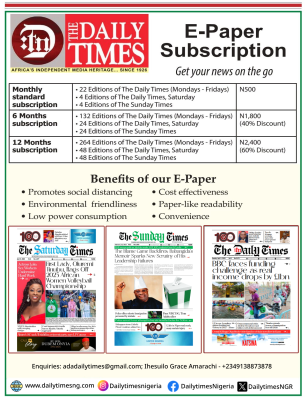Nigeria’s crude grades rise to $72/brl as red sea tensions disrupt supply

BY MOTOLANI OSENI
Nigeria’s premium crude blends—Bonny Light, Brass River, and Qua Iboe—have appreciated to $72.3 per barrel, as regional instability in the Red Sea intensifies concerns over global oil supply.
This price surge comes amid renewed attacks by Yemen’s Houthi rebels on commercial shipping. On Tuesday, four crew members aboard the Liberian-flagged bulk carrier Eternity C were killed off Yemen’s coast in a coordinated drone and speedboat strike, reigniting fears of broader maritime disruptions.
The Nigerian crude benchmark outpaced major global oil contracts, with Brent crude futures slipping to $69.91 per barrel and West Texas Intermediate (WTI) declining to $68 per barrel during Wednesday’s session. Analysts attribute the dip to rising U.S. crude inventories and broader market caution.
The American Petroleum Institute (API) reported a surprising build of 7.1 million barrels in U.S. crude stockpiles for the week ending July 4—far exceeding expectations of a 2.8 million-barrel draw. Gasoline and distillate inventories also fell, raising questions about future demand strength in the U.S. market.
READ ALSO: Austin Gets Hot During Willie Nelson’s Fourth Of July Picnic
Despite these bearish signals, Nigeria’s crude continues to attract a premium, trading just $2.70 below the Federal Government’s budget benchmark, as geopolitical risk injects volatility into the market.
In its latest outlook, the U.S. Energy Information Administration (EIA) revised down its 2025 domestic crude output forecast by 50,000 barrels per day to 13.37 million bpd, citing weaker drilling activity amid price uncertainty. The number of drilled but uncompleted wells also dropped to 5,291—its lowest since 2013—signalling limited flexibility to ramp up supply quickly if prices rebound.
Meanwhile, Nigeria’s own upstream sector is showing signs of renewed vitality. The Nigerian Upstream Petroleum Regulatory Commission (NUPRC) reported a rise in the country’s oil rig count from 31 in January to 46 in July 2025—an indicator of increased exploration and production activity.
Speaking during a media workshop in Abuja, NUPRC’s Chief Executive, Gbenga Komolafe, said the rig increase reflects progress under the Commission’s “Project One Million Barrels” initiative, launched in October 2024 to boost national output by one million barrels per day by 2026.
“So far, we have achieved an increase of 300,000 barrels per day since the programme began,” Komolafe said, noting that current production levels have climbed from one million to around 1.7 million barrels per day.
While global supply and demand imbalances continue to exert downward pressure on long-term prices—EIA forecasts Brent to average $58 per barrel by 2026—Nigeria’s near-term outlook remains cautiously optimistic as geopolitical dynamics push up spot market premiums and domestic production strengthens.








